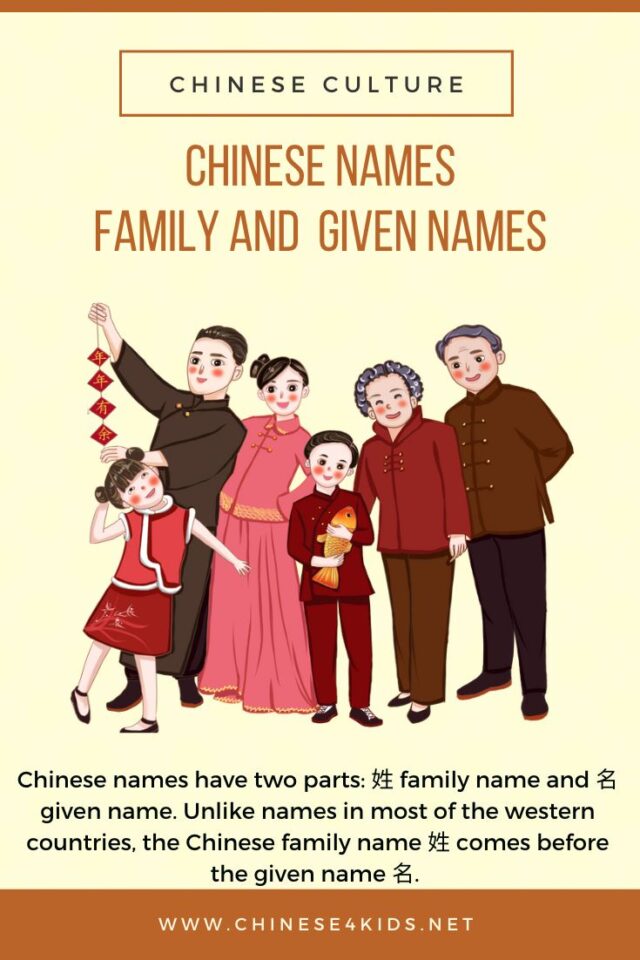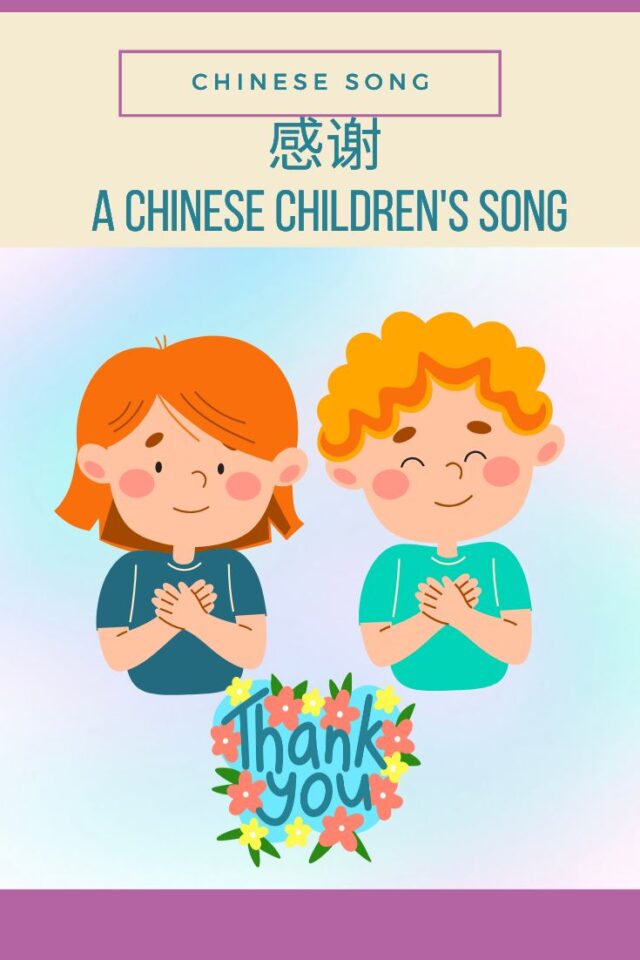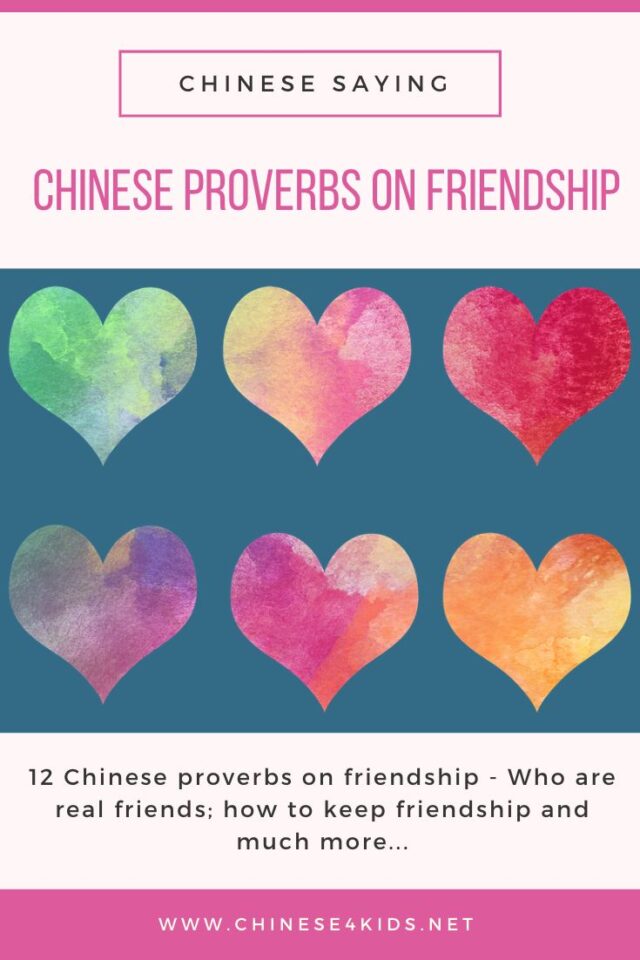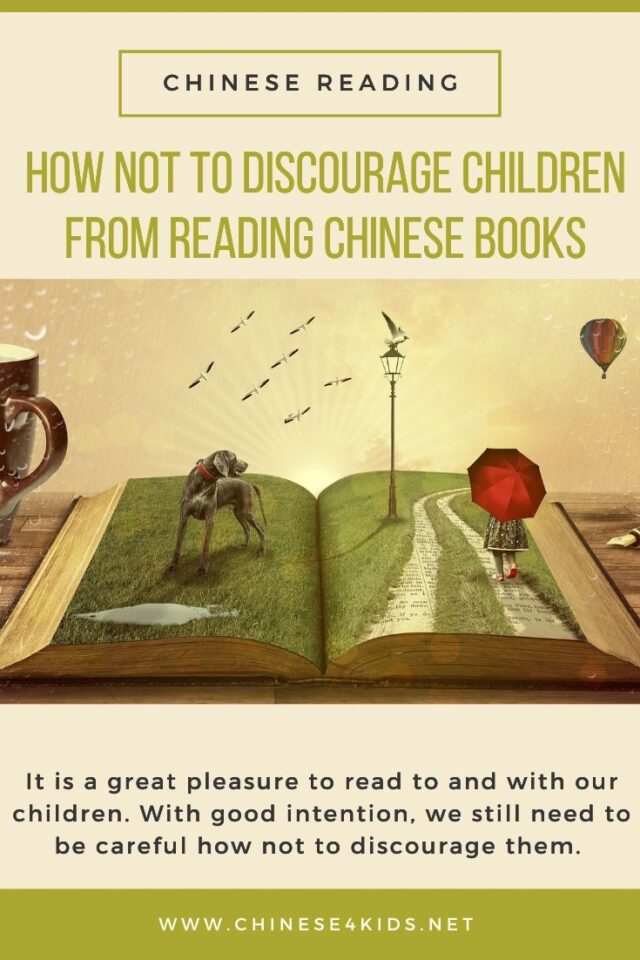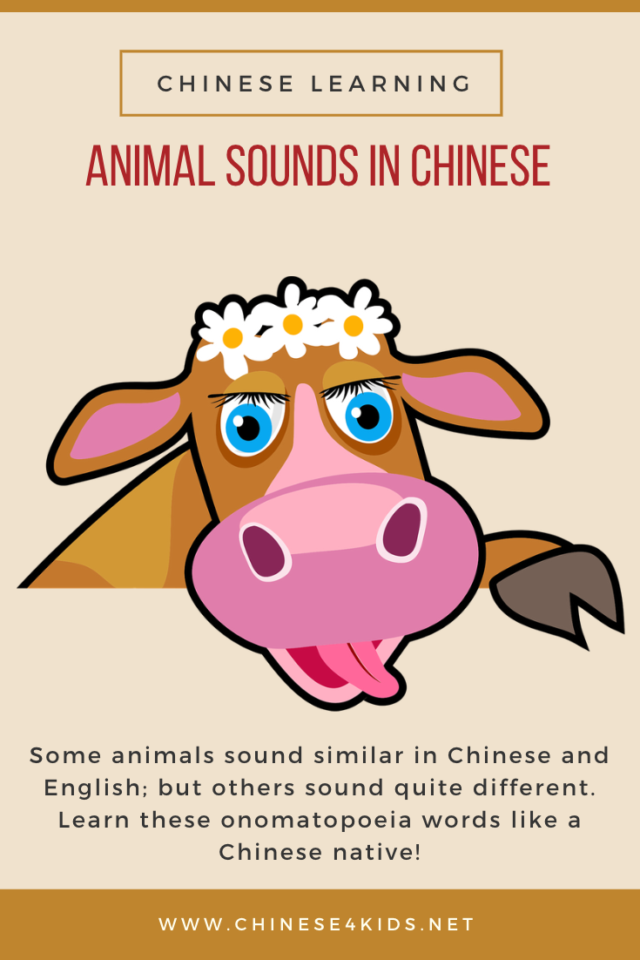An Introduction to Chinese Names
Like most of the names from the rest of the world, Chinese names have two parts: 姓 family name and 名given name. Unlike names from most of the western countries, in China, the family name 姓 comes before the given name 名. Therefore, 丽 from family 赵 is called 赵丽 Zhao Li instead of Li […]
An Introduction to Chinese Names Read More »

